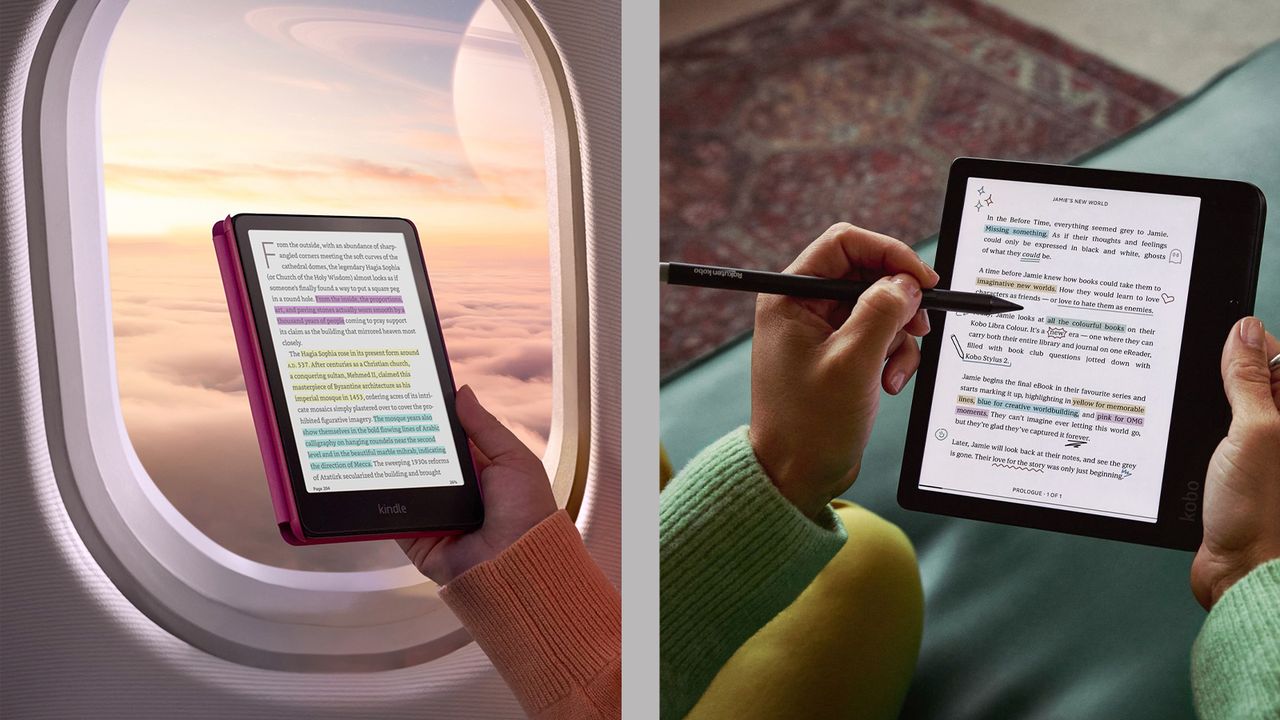
It's now very common to see people on public transport reading on a Kindle or someone waiting for a flight at the airport lounge, scribbling away on an e-paper writing tablet. Digital reading and writing is now so popular that several brands of ereaders are now competing for your attention and, recently, large-screen E Ink tablets for writing have been selling well despite their higher price tags.
Yet, two brands still stand out as the most widely available and selling some of the more popular models: Amazon Kindle and Kobo. While the word 'Kindle' is still synonymous with 'ereader', I'd encourage you to explore more options as you may well get better value out of a Kobo, particularly if you live outside the US.
I've tested over 30 ereaders in the last nine years, including every single Kobo released since 2017, and used all the Kindle models (except the Colorsoft) since the Voyage. So I've got a good insight into how the two ereader families differ.
While both brands have similar ereaders, they offer something a little different in terms of features. And that's where this guide comes in: I've listed all the ways one brand might be better than the other for you so you can make the best buying decision before you splurge on your first, or next, ebook reader.
Kindle, of course, is owned by Amazon, while Japanese company Rakuten owns Kobo. Both make fantastic reading tablets, as you can see from my list of the best ereaders and the best Kindles, catering to most budgets. They both also have 10-inch writing tablets, so the offerings might seem similar but they're cut from different cloth.
Here’s how the two brands compare in terms of cost and features.

Kindle vs Kobo: price and available models
When it comes to the different models, Amazon now offers a wider range thanks to its 2024 releases, some of which have a Signature Edition and Kids Edition alternatives as well in select markets.
At the time of writing, Amazon has 4 main Kindle models but, if you take into account the aforementioned Signature Editions and Kids Editions, you'll end up with several, although there's limited availability of these across countries.
In comparison, Kobo has 5 current models, but none of these have what I would call a 'sub' model, so your choices might seem a tad limited. The available Kobo ereaders are:
- the 6-inch Kobo Clara BW released in 2024 ($139.99 / £129.99 / AU$249.95)
- the 6-inch Kobo Clara Colour released in 2024 ($159.99 / £149.99 / AU$269.95)
- the 7-inch Kobo Libra Colour released in 2024 ($229.99 / £209.99 / AU$379.95)
- the 8-inch Kobo Sage released in 2021 ($2699.99 / £259.99 / AU$459.95)
- the 10.3-inch Kobo Elipsa 2E released in 2023 ($399.99 / £349.99 / AU$629.95)
As you can probably tell from the names listed above, there two color Kobo ereaders now available, with the Libra Colour also offering stylus support like the Sage and Elipsa 2E, although you will need to buy the pen separately.
On the other hand, the four main Kindle models are:
- the 6-inch entry-level Amazon Kindle 2024 release ($129.99 / £104.99 / AU$199 without ads)
- the 7-inch Amazon Kindle Paperwhite 2024 ($179.99 / £159.99 / AU$299 without ads)
- the 7-inch Amazon Kindle Colorsoft ($279.99 / £269.99 – currently unavailable in Australia)
- the 10.2-inch Amazon Kindle Scribe 2024 release (from $399.99 / £379.99 / AU$649)
As you can see from the list above, there's just one color Kindle so far. It would be unfair to not list the different Signature Edition models separately as they do offer more features (albeit at a higher price tag), and that adds another color Kindle option.
The key 'SE' Kindles are:
- the 7-inch Amazon Kindle Paperwhite Signature Edition 2024 release ($199.99 / £189.99 / AU$329)
- the 7-inch Amazon Kindle Colorsoft Signature Edition 2025 release ($279.99 / £269.99 / AU$449)
It’s important to note that some of the Kindles are available for a slightly lower price in the UK and the US if you don’t mind seeing adverts on the home screen – all prices listed above are for the no-ads version of the Kindle models. And the kids editions are essentially the standard Kindles with a kid-friendly case only.

Kindle vs Kobo: design & display
When it comes to screen technology, both Kobo and Kindle ereaders are almost the same for the black-and-white models.
The entry-level 2024 Kindle still uses the old hardware, so retains the E Ink Carta 1200 display, but the Kobo Clara BW and the two 2024 Paperwhites now use the E Ink Carta 1300 screen tech.
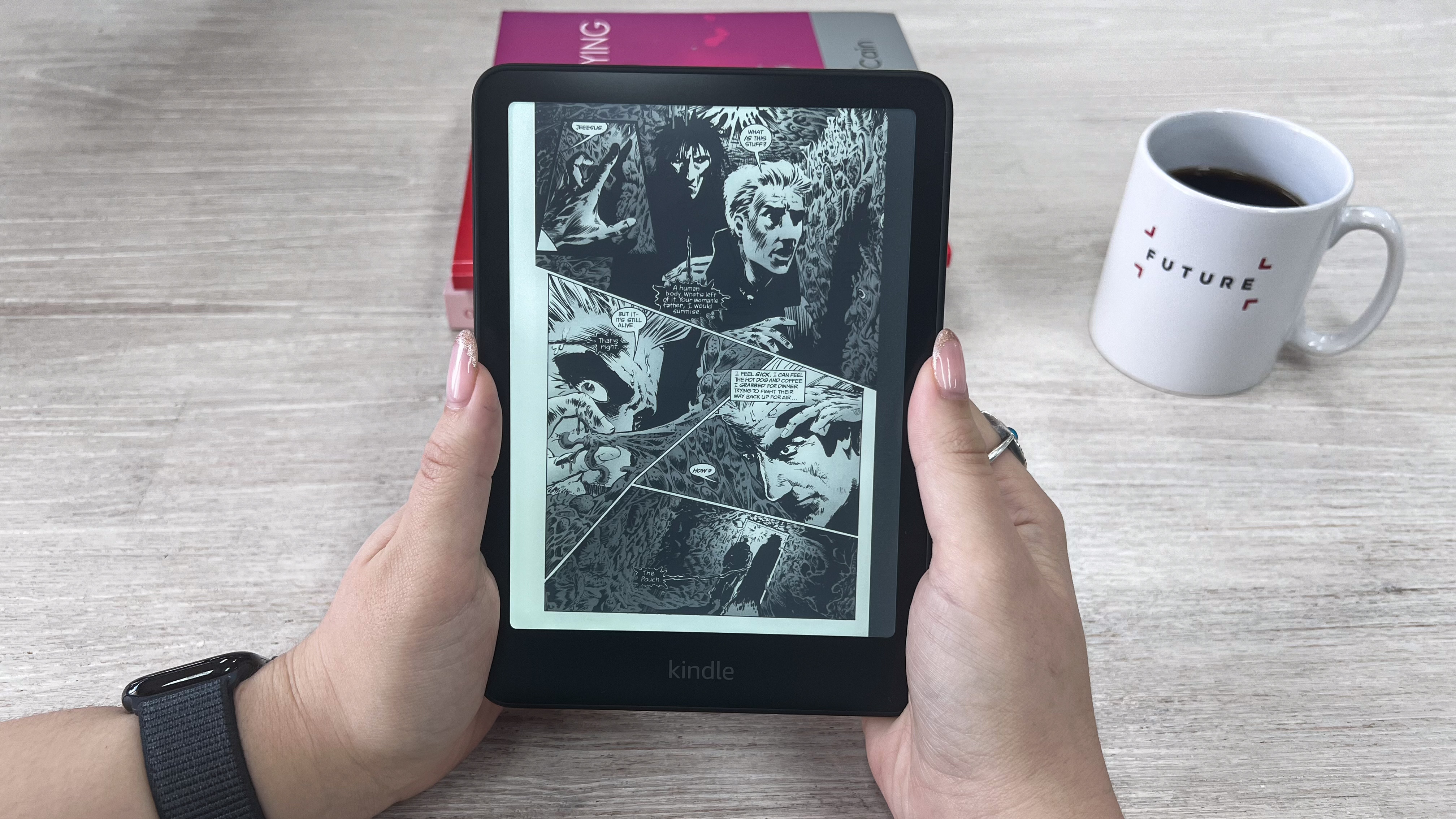
The next-gen in e-paper technology has a slight edge over the previous 1200 generation as it offers even better contrast than before. That means text on the page appears darker, so easier to read, and also sharper. It's also a marginally more responsive screen, which makes page turns on the new Kindles, in particular, remarkably quick as Amazon has optimized its software very well indeed.
All the current ereaders available from both Amazon and Kobo have a 300ppi screen resolution for grayscale displays, with the sole exception of the 10.3-inch Kobo Elipsa 2E, which gets a slightly lower 227ppi resolution – it's now long overdue for an update as it's beginning to look dated compared to the 2024 Kindle Scribe. That, however, doesn't diminish how well text and writing appears on the display.
However, in terms of design, every Kobo screen is covered in plastic, while the Kindle Scribe is topped with glass, giving it a premium look and, to be honest, I can't stop staring at that screen.
When it comes to screen size, though, Kobo has Kindle beat – covering 6 inches all the way to 10.3 inches, there's even options for 7 and 8 inches. With Amazon, you get 6 inches, 7 inches and 10.2 inches.

IPX8 water resistance is available from both, (except on the entry-level Kindle and the 10-inch models from both brands), as are adjustable illuminated displays for reading in the dark. All the current Kobos have auto-adjusting light temperatures for nighttime reading, but this is a feature in the Kindle Paperwhite and its more expensive siblings – the base Kindle misses out on this.
Most of the higher-end models also allow you to change the hue (or temperature) of the light from cold to warmer yellow for nighttime reading.
Only the two Signature Editions (Paperwhite and Colorsoft) and the 2024 Kindle Scribe have a front light with an ambient light sensor that auto-adjusts its brightness. The former models are also capable of wireless charging, which Kobo doesn’t offer at all.
Amazon has also discontinued its one and only asymmetric ereader (the Oasis), which means Kobo is the only one to still offer physical page-turn buttons on select devices (Libra Colour and Sage) for better ergonomics when holding a device single-handed.
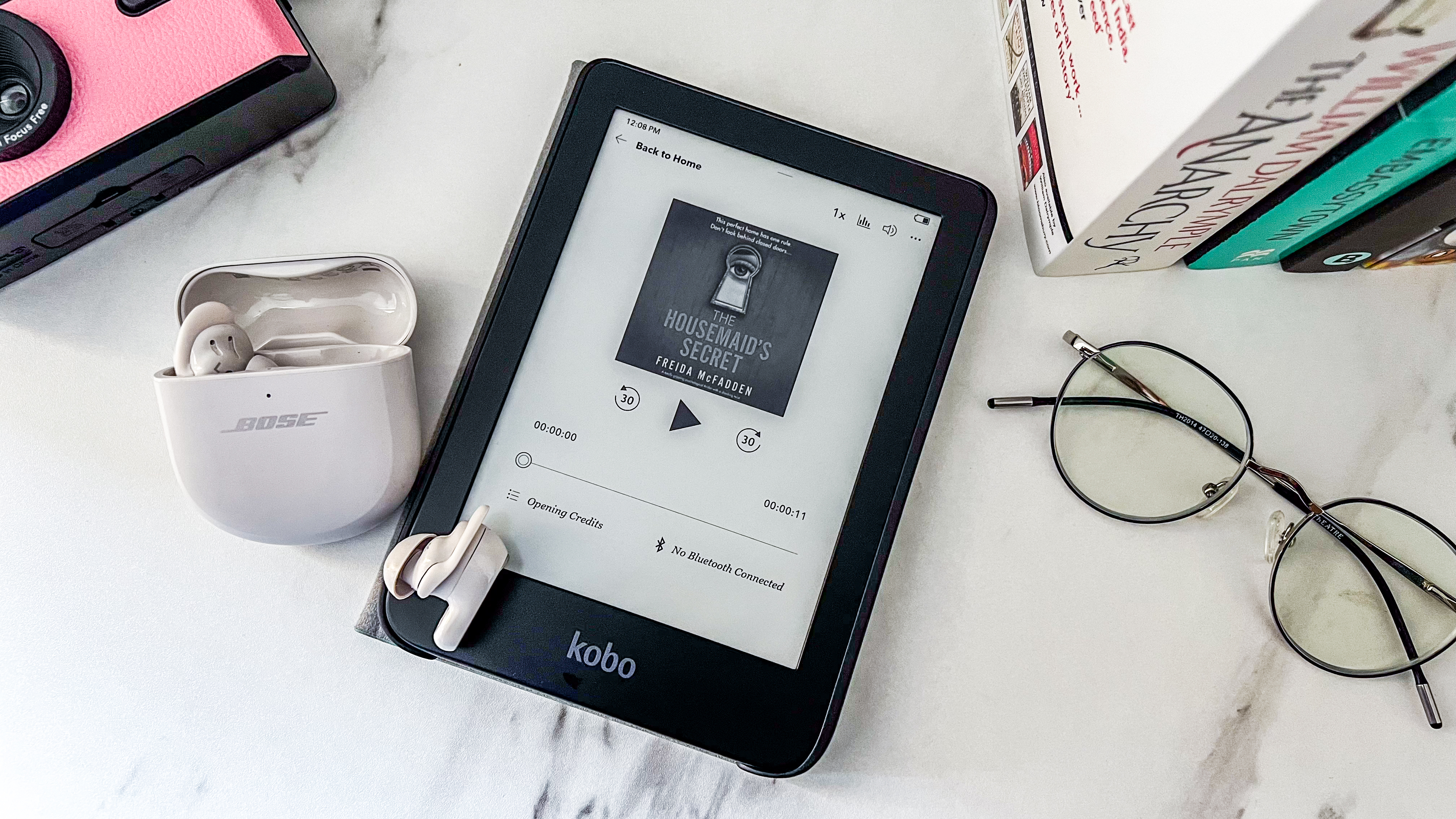
Kindle vs Kobo: storage & connectivity
Current ereaders from both Kobo and Kindle go from 16GB through to 64GB (the high-end Kindle Scribe) of onboard storage, with all Kobo models from the Libra Colour and bigger offering 32GB as default. Only the Signature Editions of Kindles come with 32GB of storage.
I'm not convinced that internal storage is hugely important unless you intend to cram an insane number of audiobooks onto your ereader as, otherwise, the base 16GB can hold hundreds of ebooks, if not thousands.
It's now standard practice to have Bluetooth connectivity on ereader today, and all the current Kindle and Kobo models can be paired with wireless headphones or speakers to listen to audiobooks. There is one major caveat here with the Kindles, though: in Australia, Bluetooth has been disabled on all models even though the technology is available in terms of the hardware. Why Amazon made this decision is unclear, but it diminishes the value of the Kindles a little in comparison to the Kobos in that country.
Kobo devices offer basic Wi-Fi across the entire range, which will suffice for most users, and that’s true on most Kindles, too, although dual-band Wi-Fi is now available on the newer Paperwhite models. Amazon used to give Kindle users cellular connectivity for downloading ebooks too (and checking email) while away from Wi-Fi, though that no longer the case.
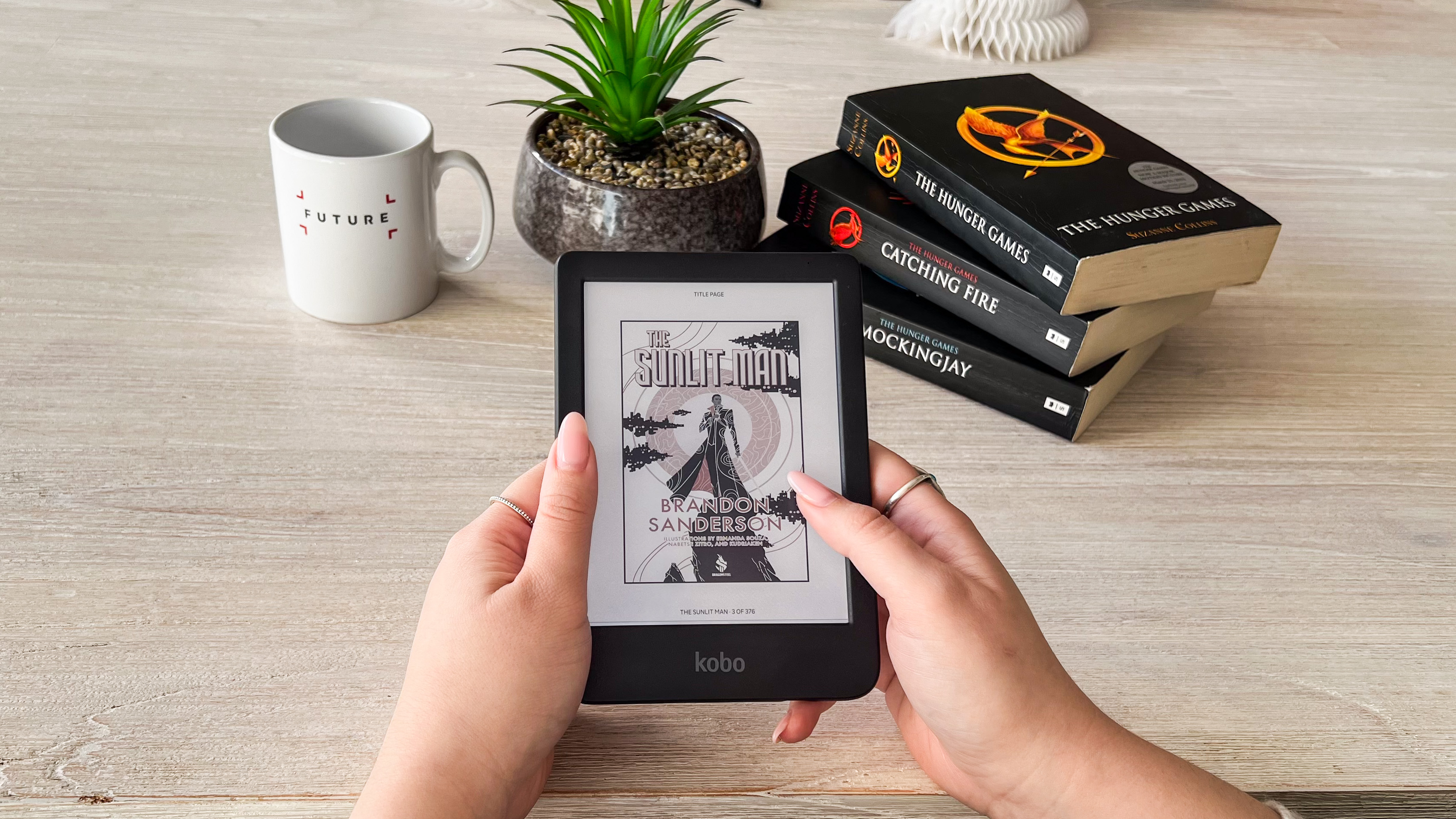
Kindle vs Kobo: User experience
When it comes to overall user experience, there's not too much of a difference between Kindle or Kobo as the interface setup is very similar, but there are some key differences that you should know about.
Software, file & font support, storefront
The most important differences between the Kindle and Kobo are in their software. Both devices are slick enough, especially since Kindle revamped its OS in 2021. Since then, it's become very Kobo-like.
Depending on which ereader model you buy from either brand, your home screen setup will appear differently, with the number of tabs at the bottom changing if you have a note-taking ereader. Kobo’s OS is a bit more comprehensive here, with multiple tabs for ebooks, notes and Kobo’s own store. I personally find the Kindle's home screen to be more cluttered than on a Kobo, but it's still easy to navigate.
Both brands offer direct access to their own online stores hosting many millions of ebooks. Kindles are best for those happy to download ebooks (and Audible audiobooks where support is available) to their device only from Amazon, whether via one-time downloads or while using Kindle Unlimited and/or Amazon Prime Reading, while Kobo has made it quite easy to sideload books directly from a laptop or PC via a cable connection.
File format support is quite good from both brands, and that includes the Kindles now playing nice with EPUBs, which are natively supported. That said, you cannot plug in a Kindle directly to your PC to transfer files via a wired connection – you need to use the Send To Kindle platform.
On the other hand, Kobo offers unlimited reading via Kobo Plus in some markets, while its ereaders natively support all kinds of file formats from EPUB and MOBI to PDF and CBZ and CBR Comic Book formats, all of which can be side-loaded either via a wired connection or via cloud sync on the more premium models. Kobo will also allow you to side-load custom fonts too, including Amazon's own (and rather popular) Bookerly.
In short, Amazon Kindles suit anyone willing to get tied up in a closed ecosystem, while Kobo is a little more open. The only exception that Kobo makes is audiobooks – only those purchased from the Kobo Store or borrowed via Kobo Plus will play, no sideloaded files will work in this case.
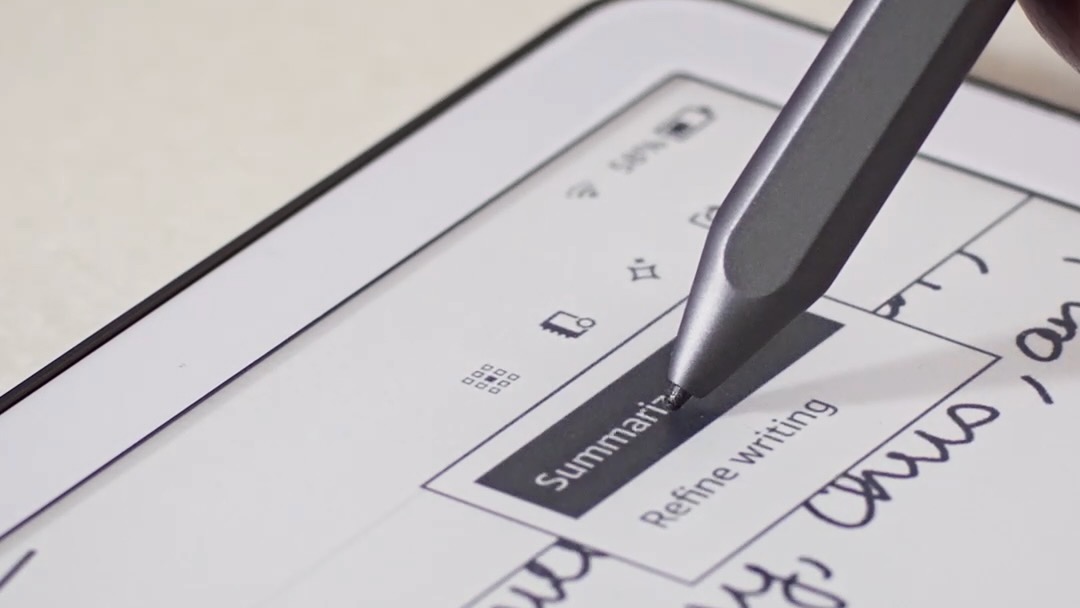
Note-taking
It’s not much talked about, but ereaders from Kindle and Kobo allow users to highlight passages of text and type notes by pressing, holding and dragging a finger across text. On a Kindle those notes are fully searchable within an online notebook and accessible via the Kindle app on a smartphone.
However, full-featured note-takers are now gaining popularity and Amazon is already onto its second-generation Kindle Scribe. Kobo gives you a bit more variety, with stylus support on the Libra Colour, the Sage and the Elipsa 2E, so it covers different screen sizes (and thus, price points). The last model is the only one that ships with the Kobo Stylus 2, but it can be purchased separately for use with the other two.
Notes are accessible via the Kindle or Kobo apps, but you can email them to yourself on the Kindle Scribe, or sync to Google Drive or Dropbox on one of the Kobos.
While you can scribble in the margins of ebooks on a Kobo Libra Colour, Sage or Elipsa 2E, it works a little differently on the new Kindle Scribe. The latter uses a feature called Active Canvas (which the older Kindle Scribe will get in 2025), that automatically adds a box around your squiggles and indents the adjoining lines to reformat the page, wrapping text around your annotation. There's also the option to use a Side Margin, which divides the page into a reading and a writing section.
You can create notes/notebooks of various kinds on note-taking ereaders from both brands, although the pen types and ink shades are far better on a Kobo. Moreover, Kobo's Advanced Notebooks offer a staggering number of tools that include handwriting recognition for converting your notes to text, plus the capability of inserting drawings, diagrams and formulae into your notes.
There are a couple of AI features on the Kindle Scribe – namely, a summary option and handwritten conversion – and they both can prove handy to some power users.
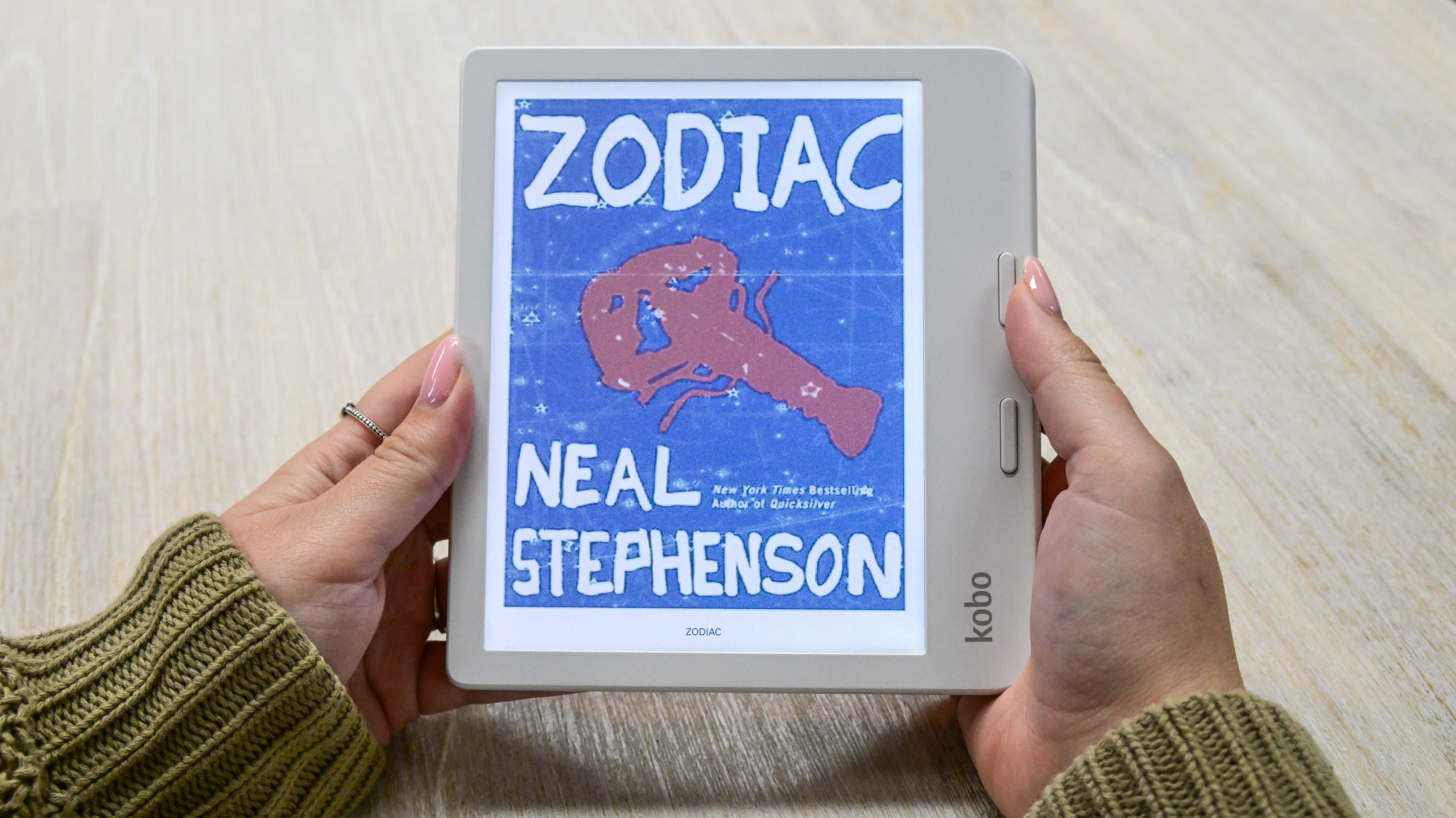
Borrowing library books
If you live in the US, your options to borrow ebooks from your local public library are much more. Both Kindle and Kobo ereaders will work, with the latter using OverDrive support to do so. You will have to check with your library if they use either platform first though.
If you live elsewhere and you wish to borrow library books, then Kobo should be your port of call. Every single Kobo ereader has OverDrive baked in, so you can check with your local library if support is available. After that, you just need a library card to get set up. Kobo is available in select countries, so you will need to check on library support in your local area before deciding to purchase – in Australia, for example, most public libraries now offer OverDrive support.
Kindle vs Kobo: which is better
There was a time when a Kindle was the better-value device but given Amazon's penchant for price increases with each new release, it's getting harder to justify a Kindle. That's more so because in some markets where Amazon isn't even offering Audible support on the Kindles anymore.
Kobo, on the other hand, has managed to balance price and features much better and, despite some models costing a touch more, offers better value for money now. From waterproofing for its cheapest model (Kobo Clara BW) to adopting the latest screen tech, Kobo has stayed ahead of the curve, although if, like me, you want a writing tablet, I'd say Amazon comes up trumps.
Kobo owns another gold star for making all its 2024 ereaders are repairable. The Japanese-Canadian brand has partnered with iFixit to provide spare parts and step-by-step guides to self-repair the Claras and the Libra Colour, this extending their lives further.
Moreover, if you really want to tinker with the parameters of the text, bring in ebooks and documents in several different formats and arrange them in custom collections, then you should be looking at a Kobo ereader. That goes double if you live outside the US and are keen on borrowing library books.
However, if you’re a bit less demanding and you’re fine with just downloading books from Amazon, a Kindle is probably going to be the most convenient option for you. Or if you live in the US, where there's wider library support for Kindles.
Either way, both of these brands make excellent ereaders and we've reviewed the lot. Check the links throughout this feature to find learn more on any of the ereaders mentioned, or check our best ereader guide to find the best fit for you from other brands as well.







